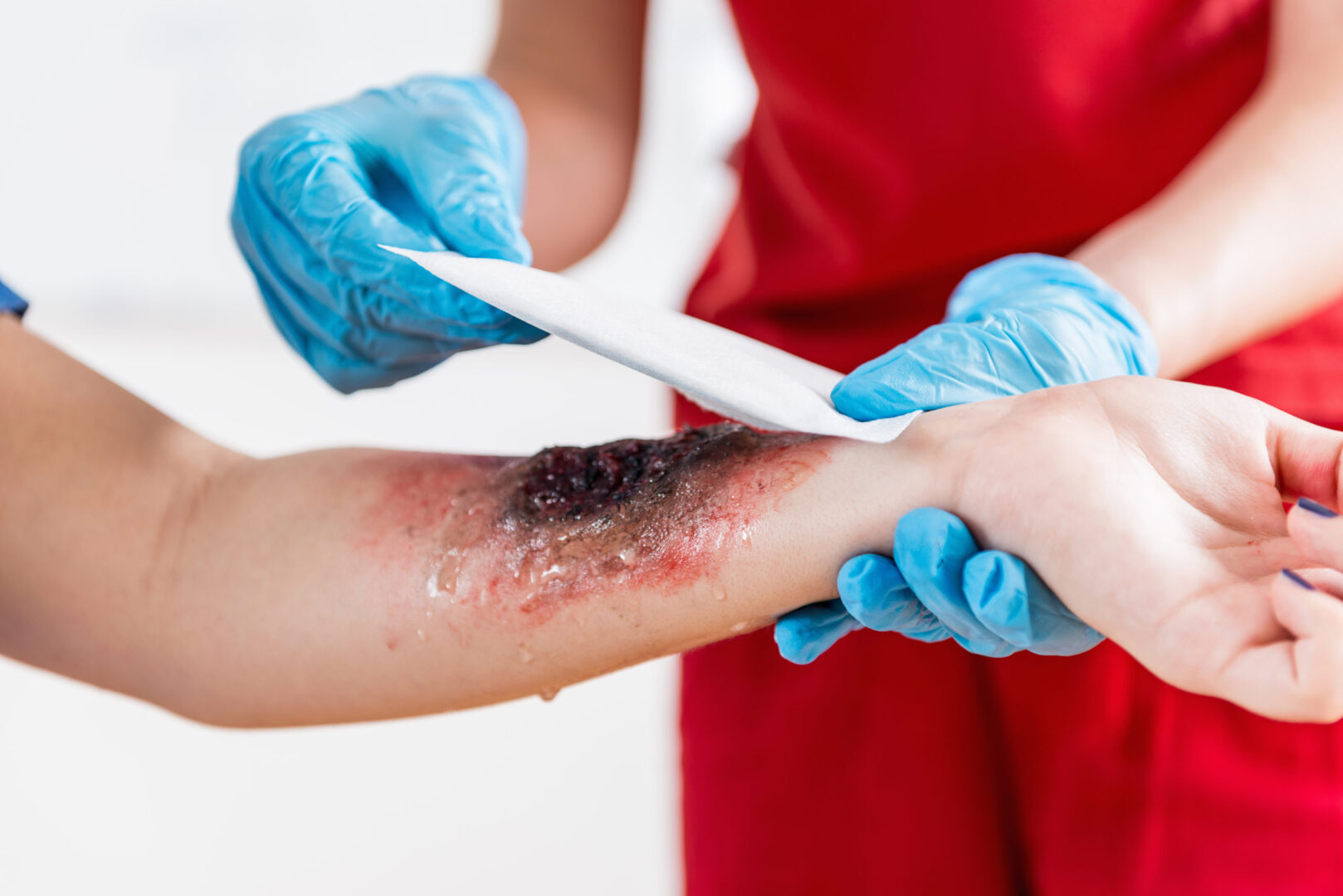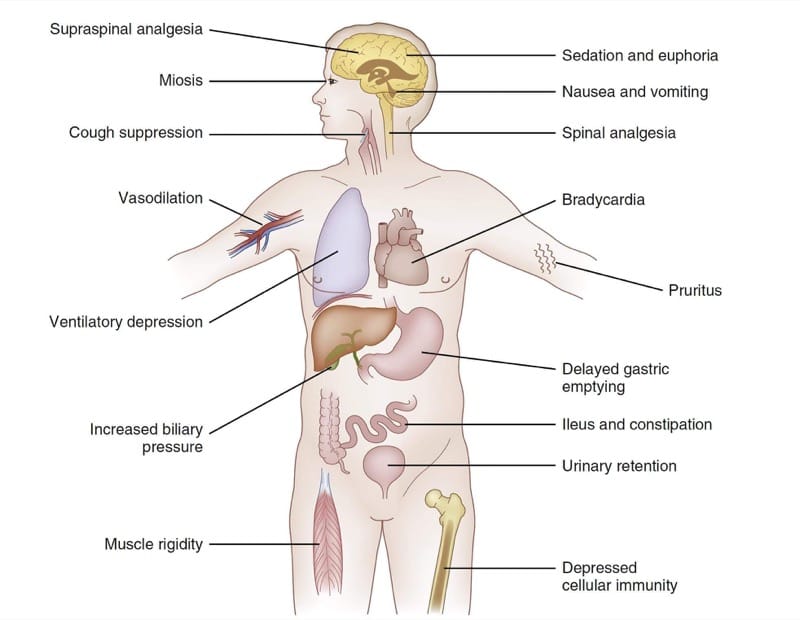Learning objectives
- Definition of seizures
- Treatment of seizures
Definition and mechanisms
- Defined as a sudden, uncontrolled burst of electrical activity in the brain and is characterized by changes in behavior, movements, feelings, and levels of consciousness
- Outward effects vary from:
- Uncontrolled shaking movements involving much of the body with loss of consciousness (tonic-clonic seizure)
- Shaking movements involving only part of the body with variable levels of consciousness (focal seizure)
- oOr a subtle momentary loss of awareness (absence of seizure)
- Loss of bladder control may occur during the seizure
- After the active portion of a seizure, there is typically a period of confusion called the postictal period, before a normal level of consciousness returns
- Seizures can be provoked (see causes or) unprovoked (without a known cause) and may be exacerbated by stress or sleep deprivation
- Most seizures last from 30 seconds to two minutes
- Any seizure lasting longer than five minutes should be treated as status epilepticus and is a medical emergency
- Epilepsy is characterized by recurrent (2 or more) seizures which means that having a single seizure does not mean that a patient also has epilepsy
- Approximately 8–10% of people will experience an epileptic seizure during their lifetime
Signs and symptoms
- Temporary confusion
- A staring spell
- Jerking movements of the arms and legs that can’t be controlled
- Loss of consciousness or awareness
- Cognitive or emotional changes
Classification
- Generalized epilepsy
- Tonic-clonic
- Absence
- Myoclonic
- Clonic
- Tonic
- Atonic
- Focal seizures
- Simple
- Complex
- Evolving to generalized
- Mixed seizures (focal and generalized)
- Unclassified
Causes
| Metabolic | Dehydration Hypoxemia hypercarbia Hyponatremia Hypernatremia Hypoglycemia Hyperosmolar nonketotic hyperglycemia Hypocalcemia Hypomagnesemia Uremia Hepatic encephalopathy Porphyria Dialysis disequilibrium syndrome |
| Structural | Carcinoma Arteriovenous malformation Abscess Intracranial tumor Cerebral edema Stroke |
| Medications | Medication or drug overdoses: antidepressants, antipsychotics, cocaine intoxication, insulin, local anesthetic systemic toxicity (LAST) Alcohol withdrawal syndrome Delirium tremens |
| Infections | Encephalitis Meningitis Sepsis |
| Other | Hypertension (hypertensive encephalopathy) Pre-eclampsia Amniotic fluid embolism Hyperthermia Head trauma Celiac disease Shunt Multiple sclerosis Concussion Febrile seizures Dementia Stress Epilepsy |
Diagnosis
- Physical examination
- Blood test
- Lumbar puncture
- EEG
- CT, MRI
Treatment
- Place the person experiencing a seizure in the recovery position
- Maintain airway, breathing, and circulation
- If needed, hand ventilate with 100% O2 but DO NOT hyperventilate
- Administer anticonvulsant if seizure last more than 2 min:
- Benzodiazepines (first-line treatment)
- Midazolam 0.05 mg/kg or 1 mg at a time, titrate to effect
- Diazepam 0.1-0.4 mg/kg IV, 0.04-0.2 mg/kg PR
- Lorazepam 1-2 mg at a time, titrate to effect
- Propofol 0.5 mg/kg at a time, titrate to effect
- Phenytoin 20 mg/kg total loading dose at a rate of 50 mg/min, watch for hypotension & arrhythmias
- Barbiturates:
- Phenobarbital 20 mg/kg infused at a rate of 50 mg/minute
- Thiopental 25-100 mg dose
- Pentobarbital 10 mg/kg infused at a rate of up to 100 mg/minute
- Valproic acid IV 30 mg/kg over 15 min
- Benzodiazepines (first-line treatment)
- Ongoing anti-epileptic medications are only recommended after a second seizure has occurred
- Intubate in case of no response to medication and respiratory compromise
Management
- See management of epilepsy
- See management of status epilepticus
Suggested reading
- Carter, E.L., Adapa, R.M., 2015. Adult epilepsy and anaesthesia. BJA Education 15, 111–117.
- DE WAELE, LIESBETH, Paul Boon, Berten Ceulemans, Bernard Dan, Anna Jansen, Benjamin Legros, Patricia Leroy, Francoise Delmelle, Michel Ossemann, Sylvie De Raedt, Katrien Smets, Patrick Van de Voorde, Helene Verhelst, and Lieven Lagae. 2013. First Line Management of Prolonged Convulsive Seizures in Children and Adults: Good Practice Points. Acta Neurologica Belgica. 113 (4): 375–380.
- Gratrix A, Enright S. 2005. Epilepsy in anaesthesia and intensive care. Continuing Education in Anaesthesia Critical Care & Pain. 5;4:118-121.
We would love to hear from you. If you should detect any errors, email us customerservice@nysora.com







